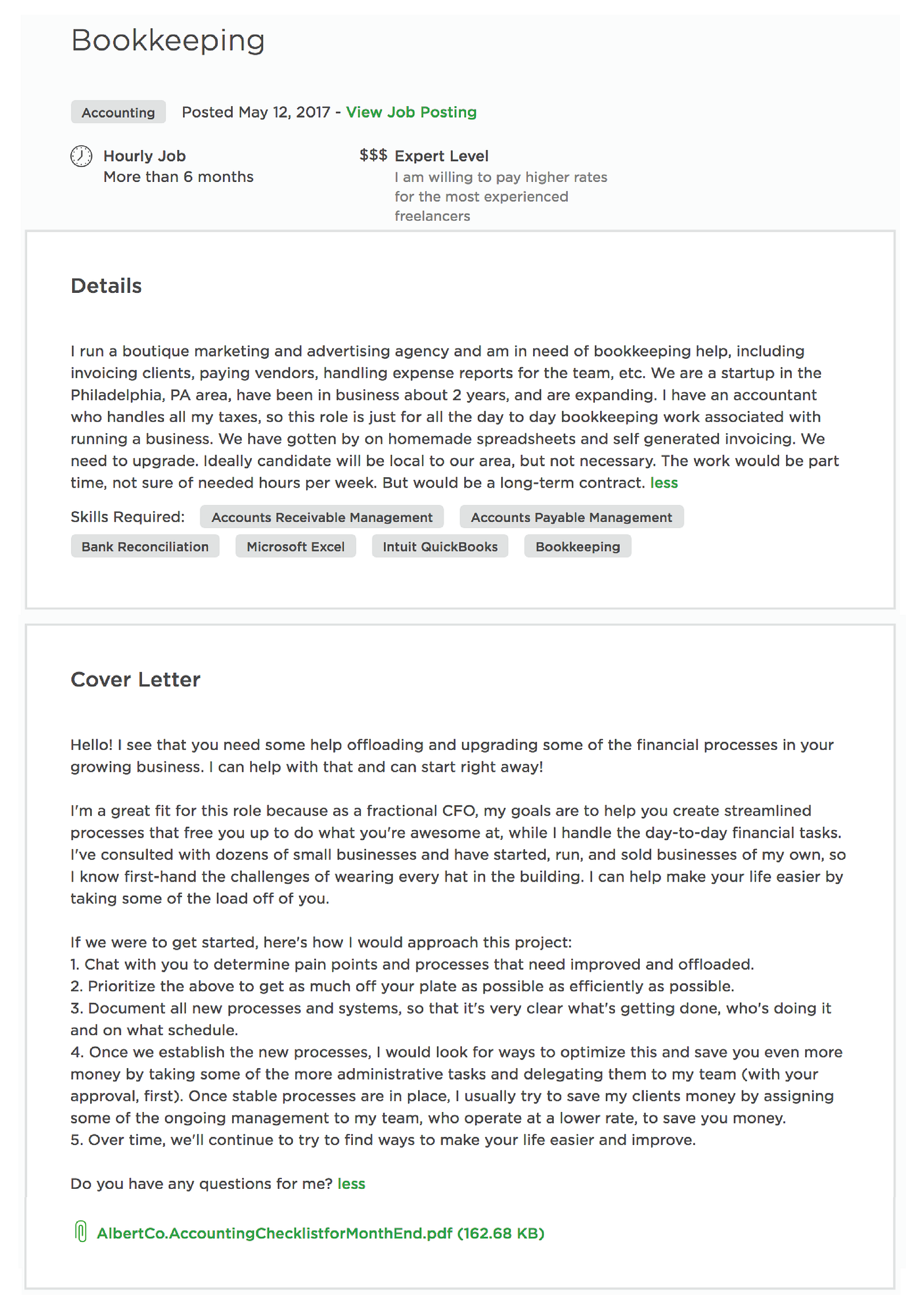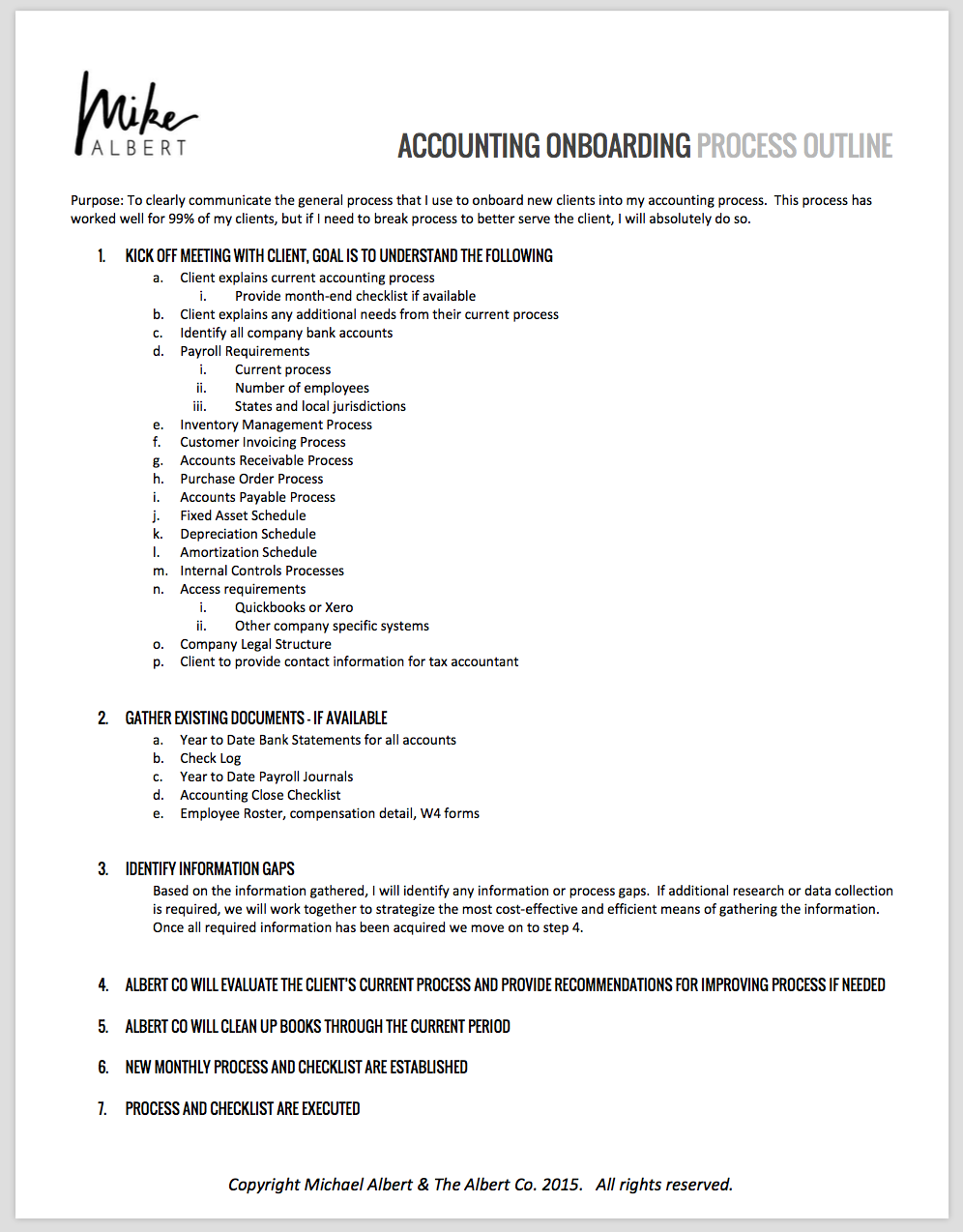If you’re trying to build a second income or replace a full-time income, Upwork is great resource…but first you have to get hired. There are many factors that job posters consider when deciding which applicant to hire, but there’s no arguing that the number one factor is the Proposal, or as Upwork calls it, “the cover letter”.
DO NOT USE A COPY & PASTE TEMPLATE!!!!
First, if you’re doing this, just stop. They don’t work. Most of the proposals that I’ve gotten (as a client) are copy and paste, templates. These can be spotted a mile away. If you’re doing this, stop immediately. I understand the mindset, that copying and pasting a generic proposal is more time efficient, but it’s also significantly more ineffective. You’ll have much more success if you write a short but very relevant and specific proposal, than a lengthy, generic one.
How NOT write a Proposal
To really understand how to write a winning proposal, first you need to understand what a losing one looks like. Once you recognize the pattern, you’ll easily be able to spot the mistakes that almost everyone else is making, and more importantly, why you’ll have an insane strategic advantage against them!
Personally, I’ve hired dozens of freelancers to help with tasks outside my area of expertise. Everything from very simple data entry to very specialized highly compensated areas. What has stuck out to me when reviewing the proposals submitted was just how bad they were.
A typical proposal reads something like the below. This was an actual submission to one of my recent job postings, with the name and relevant personal information redacted.

From an untrained eye, this proposal looks fine (the applicant is very qualified, and has years of experience), but in reality this proposal (like 99% of the others) missed the mark.
The structure of this proposal goes something like this:
- This is what I have done.
- This is how many years of experience I have.
- Me, me, me.
This structure shows zero empathy to the client’s problem. It doesn’t even show recognition of the actual problem that client is trying to solve. No one cares who you worked for and how many year’s you’ve been doing it. They care about whether you can identify and solve their problem for them. All they want you to ease their pain!
How TO write a Proposal
Writing a proposal is insanely easy, if you know how to structure it. Here is the EXACT structure that I use for all of my proposals. I’ve honed this after submitting hundreds and hundreds of losers and a dozens of winners.

1. Restate their core problem.
In this example, after a quick “Hello!” I restate the customer’s problem to them using their own words. “I see that you need help offloading and upgrading some of your financial processes in your growing business.” There are a couple reasons why it’s important that this be first, and I’ll cover this in more detail subsequent blogs, but for now, trust me on this, it’s important.
2. Tell them you can help solve their problem, and that you can start right away.
This is the only section of my proposal that I rarely change. I literally tell them “I can help you with that, and can start right away”. The key here is that the client is looking for someone to help with a problem they’re having. They want a solution, and they want it fast. By telling them you want to help them and that you can get started right away, you’re providing a vision of a solution on the horizon, and that’s what they want.
3. Tell them why you’re a good fit
Next, I write two or three sentences on why you’re a good fit. It doesn’t need to be lengthy for the sake of being lengthy. Concisely tell them why you’re the best fit.
4. Describe the process you’ll guide them through
This is the section that ranges the most for me. Depending on how specific the requirements were in the job posting, I will spend anywhere from two sentences to two paragraphs explaining the path I’ll guide them down. Give them a glimpse into the process that you’re going to walk them through. If you’re going to elaborate on any of the sections of your proposal, I think this is where you can get away with a little bulk. Tell them the first few steps you’d go through with them.
5. Attachments
A well designed and well documented onboarding process, or example will go a long way in building your credibility.
Below is an screenshot of the document that I regularly attach to potential new accounting clients. By attaching this to my proposal, they can see that I have a structure and process to bringing on a new client, which will ease their mind about working with me. It shows them that I know what I’m doing, I’ve done it before, and I’ve got a clear process that will make it easier on them. It shows a level of professionalism that puts me at the top of the pile.

I hope this helps you win more business on Upwork. If you have questions, hit me up in the comments or email me at mike@mikealbert.co. I’ll answer every one of them!